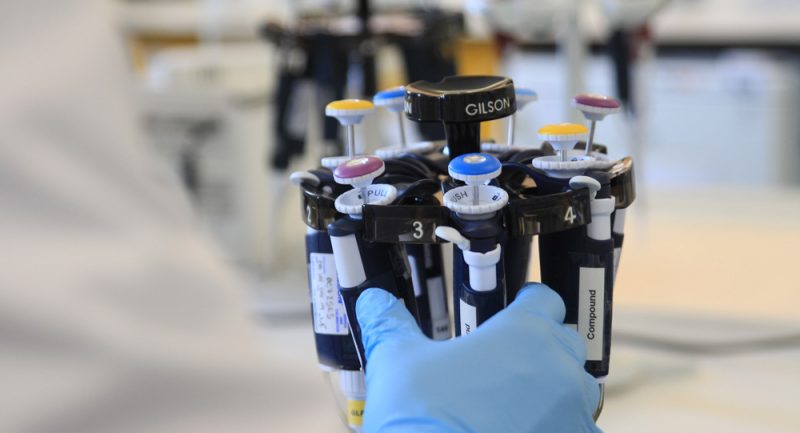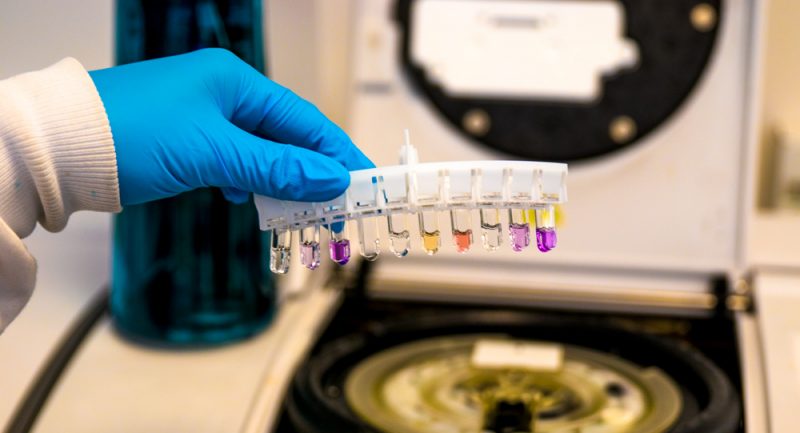How to trust your data: the power of statistical analysis in in vivo experimental design
Embarking on an in vivo proof of concept study without the right statistical support can leave you shooting in the dark, making assumptions that can lead to inaccuracies, false positives and false negatives further down the line.
Your investment at this point in a drug discovery programme is substantial, both financially and in terms of your time and effort. It’s essential to get this right.
At Sygnature, we are lucky enough to have a team of expert statisticians in-house, who consult on our projects from their inception through to final analysis.
We caught up with Richard Brammer, who has spent more than three decades working in drug development and almost 15 years with us, to discuss the power of statistical analysis and how it influences in vivo experimental design at Sygnature.

Tell us a bit about what you do?
Well, I’m involved in pretty much every in vivo project at Sygnature, consulting on the initial proposal, various aspects of the experiment design, as well as delivering the final analysis of the data for the client.
A lot of experimental design is common sense, but there are certain nuances and intricacies of the experimental design that are easily overlooked and that are fundamental to a well-rounded and meaningful study, and that’s where I come in. By taking a deeper look into the numbers, we can support decisions about experimental design with statistics.
What are some of the areas that can suffer without the right statistical support?
The goal, always, is to achieve a meaningful output for the study, and to protect the integrity of the study design. A lot of that comes down to controlling variability at the start, and factoring for it in the final analysis.
One example is to balance variation across treatment groups to increase the sensitivity of the experiment to measure a treatment effect. Specifically, treatment groups should be balanced for variables that will influence and/or indicate efficacy of the drug. For example, to determine whether a novel blood glucose lowering drug has the desired therapeutic effect in diabetic animals, it’s important for blood glucose levels to be as similar as possible across all groups prior to starting the study.

Another example is planning your study to account for time differences, which is particularly important when running very large studies as multiple cohorts. For instance, each cohort should, in essence, function as a standalone study, containing all treatment groups that are balanced for key variables. Therefore, any effects introduced as a result of the time difference (i.e. between cohorts) are distributed across all groups and can be factored for in the statistical analysis.
We also perform power calculations to determine an appropriate sample size, which is vital. If your study is underpowered then you may be getting an effect but not seeing it because you don’t have enough animals. This can lead to a promising drug candidate being cast aside unnecessarily, which is a tremendous loss. Conversely, an unnecessarily large sample size must be avoided to prevent using animals where they are not needed. It’s a difficult, but important, balance to get right.
Those are just a few simple examples, but this kind of analysis is woven through our processes.
What does this ultimately mean for the client and the drug project?
It means they can go into the project knowing that the experiment has been designed to the best possible standard, and that they can trust the data they receive at the end of it. It also means that we are able to undertake more complex study designs, because we have a strong handle on the data.

We take a very collaborative and consultative approach. Clients sometimes have an idea in mind for the study, but are not aware of how it will affect the accuracy of the data. For example, we may be asked to take blood samples from one group but not another, but this could bias the treatment effect for any parameter measured after the blood sample was taken.
Our consultative approach means we can head off a lot of these issues, and make sure our clients are best placed to get a clear outcome.
In this job you are always hunting for things that might affect your results, other than just the treatment group, so you can be confident that the data the client receives actually means what you think it means. It’s vital to think about this from the outset, because if you don’t take these factors into account during the design phase, it may be too late at analysis.
Ultimately, it’s about producing valuable, accurate results that we can take pride in, and protecting the investment and time of our clients.
If you would like to know more about our work, we would love to hear from you. You can get in touch by using any of the contact form.
